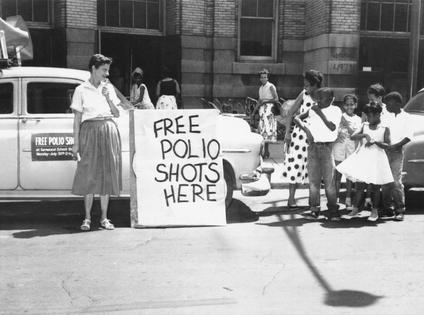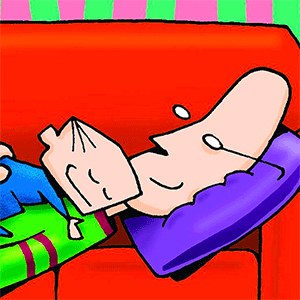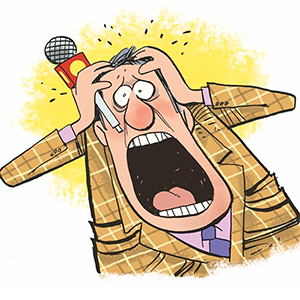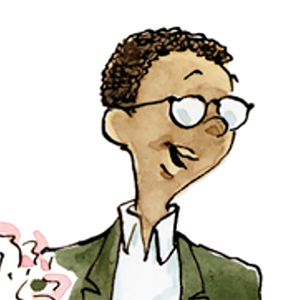Polio vaccination rates in some areas of the US hover dangerously close to the threshold required for herd immunity – here's why that matters
Published in Health & Fitness
Given recent headlines, you may be wondering why polio is even an issue in 2022. For more than 60 years, vaccines against the poliovirus have protected virtually everyone in the United States from the disease. Due to an enormously successful polio vaccination campaign beginning in the 1950s when the first polio vaccines became available, by 1979 polio was considered eliminated in the U.S.
Unfortunately, even today, there are communities in the U.S. that have lower-than-necessary polio vaccination rates. Because many people have not been vaccinated, there is now a real possibility of a resurgence of polio in the U.S.
As a clinical professor of pharmacy, I train future pharmacists about how vaccines work, their importance and how they prevent diseases.
Public health experts’ longstanding concerns over falling vaccination rates rose to the surface when, in July 2022, a man from Rockland County, New York, was diagnosed with polio, the first such diagnosis in the U.S. in nearly a decade. The patient – who developed the severe, paralytic form of the disease – had been exposed to an altered live vaccine strain from overseas.
Then on Sept. 9, 2022, New York declared a state of emergency due to ongoing poliovirus transmission. As of that date, using wastewater surveillance, officials had identified 57 samples of poliovirus in wastewater from four New York counties. More than half of those were detected in the same county where the adult patient is from, just outside New York City.
As a result of the continued poliovirus detection in wastewater, the Centers for Disease Control and Prevention declared that the U.S. now meets the World Health Organization’s criteria for “a country with circulating vaccine-derived poliovirus.”
There are two key types of polio vaccine in use around the world today. The inactivated poliovirus vaccine is given as a shot, and the oral attenuated (or weakened) poliovirus vaccine is administered as oral drops, sometimes on a sugar cube.
Since 2000, the U.S. has exclusively used the inactivated poliovirus vaccine, which cannot cause disease since it does not contain live virus. But in countries where the poliovirus continues to circulate, such as Pakistan and Afghanistan, the oral attenuated poliovirus vaccine is still used.
In extremely rare cases, the weakened live vaccine used in other countries can mutate back into its virulent form and lead to paralysis. This is how the adult in New York is believed to have come into contact with the virus.
The degree to which a community is protected from a pathogen like poliovirus comes down to herd immunity. When a community – the so-called herd – reaches a threshold of immunity, it can prevent the transmission of a pathogen from person to person, thereby quelling the pathogen.
...continued








Comments